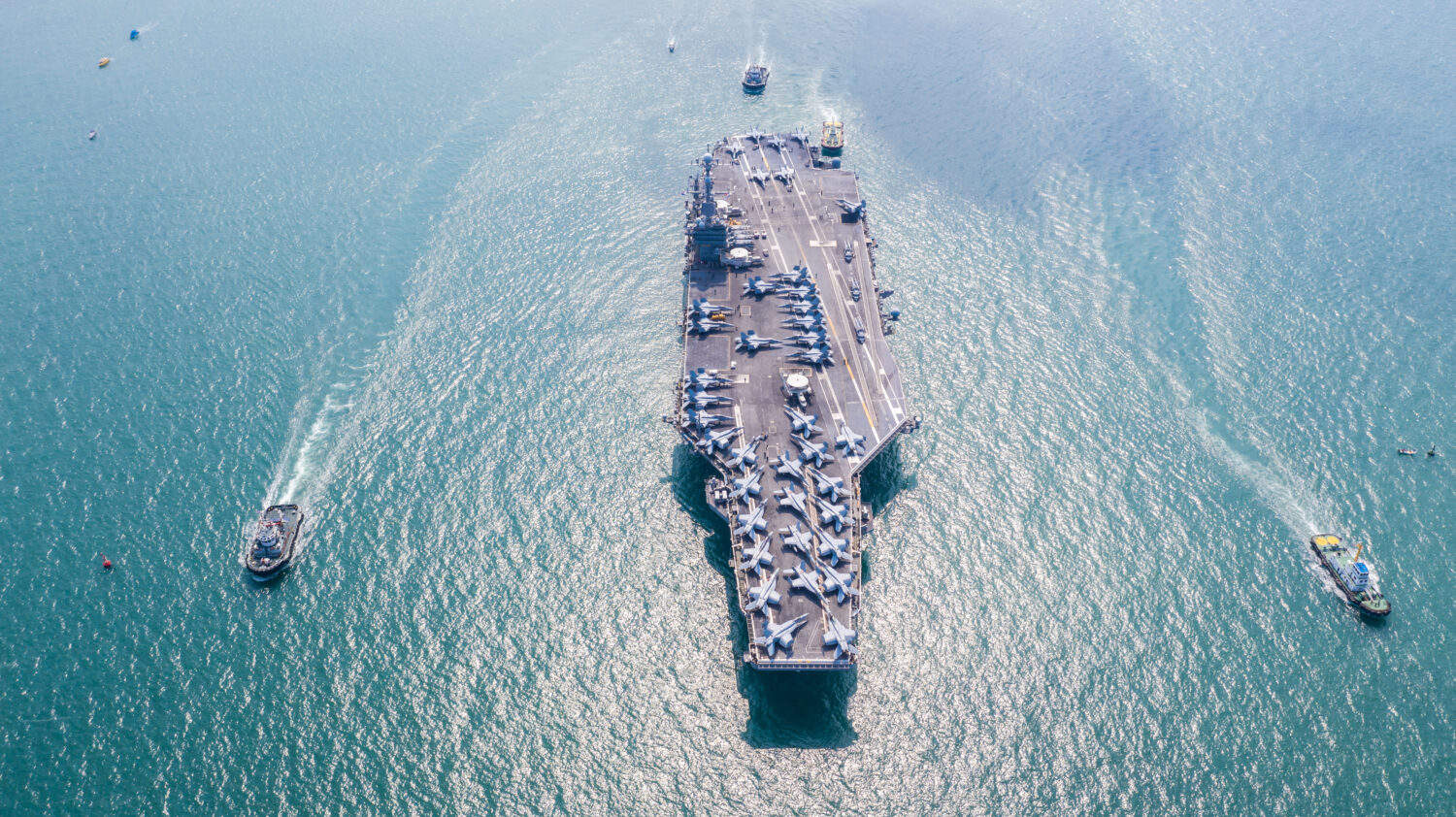
History repeatedly shows that great power is built on the back of a strong navy. Ancient Rome called the Mediterranean ‘Mare Nostrum’ (“our sea”), the British Empire was formed through sea power, and since World War Two, American military hegemony has been underpinned by the might of the US Navy. Mastery of the waves allows a state to project power to distant corners of the globe, protect trade, and cut off resources from rivals. This article will examine the strongest navies in the present by comparing fleet composition, age, and firepower.
Why This Matters

Sea power is as important in the age of the aircraft carrier as it was in the days of the trireme. The US Navy is still the top dog but faces a growing challenge from China’s People’s Liberation Army Navy (PLA Navy). The latter has significantly more surface ships but the former still holds a qualitative edge over its rival. Seeing how the major powers stack up in sea power helps to form a better understanding of the current geopolitical picture.
A Note On Ship Classifications

Numbers and ship types are based on multiple references and corroborated with official sources where possible (not all nations are transparent). This article will use a few broad categories for warships. They are as follows:
Aircraft/helicopter carriers – capital ships that carry fixed or rotary-wing aircraft
Submarines – attack and ballistic
Cruisers – the largest surface warships in use
Destroyers – medium-sized warships that fulfill a variety of roles
Frigates – smaller warships that can be fitted with anti-submarine or anti-air weaponry
Corvettes – the smallest warships capable of operating independently or as part of a group
Mine Warfare – ships dedicated to mining and countermining operations
Offshore Patrol Vessels (OPV) – small, lightly armed ships for patrolling and defending coastlines
Amphibious Assault – ships designed for landing and supporting landing forces on enemy territory
There are major regional variations and not all ships of the same type are created equal. For example, a Ford-class aircraft carrier is a significant upgrade on the Nimitz-class vessels. Similarly, older Soviet-era attack submarines are no match for modern nuclear submarines. Accordingly, the classifications should be used as a rough guide for the size and function of the ships discussed in this article.
#20 – Australia – 36 units
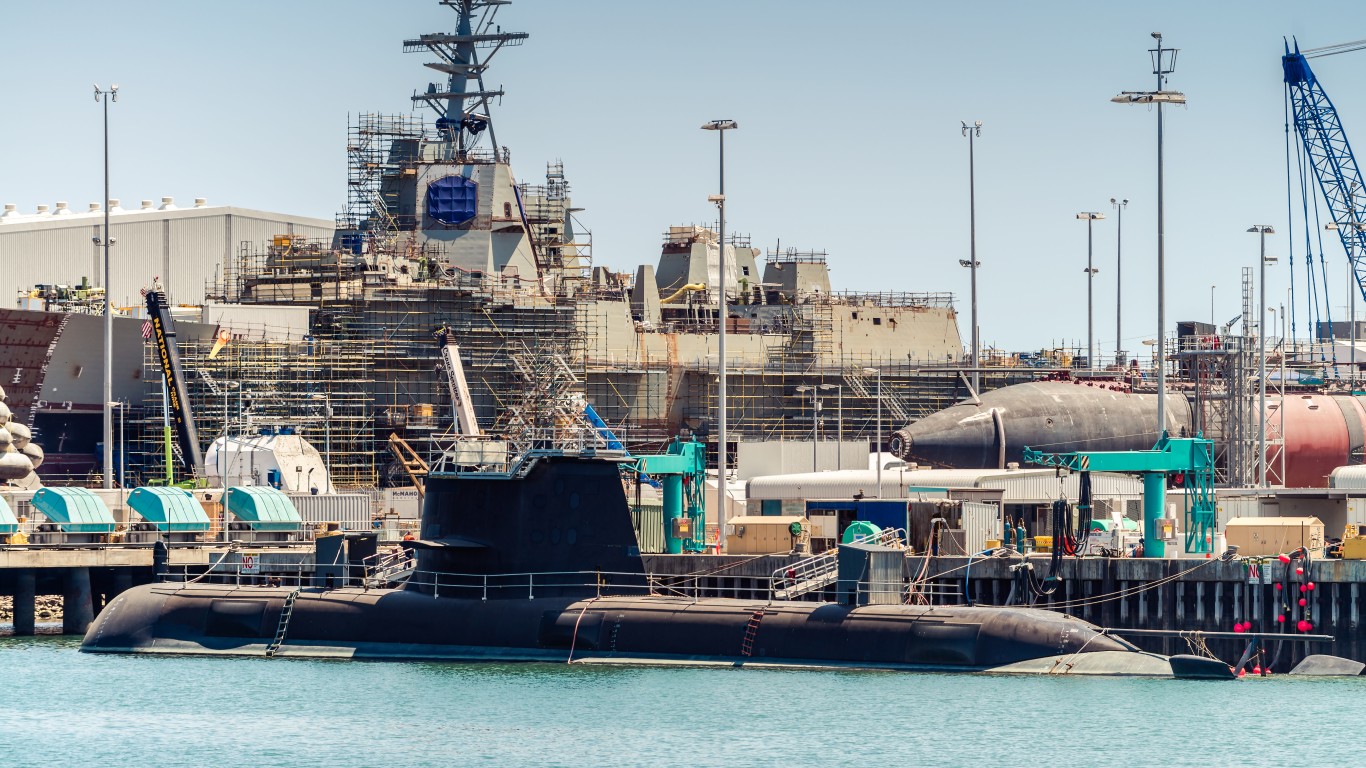
6 submarines
3 destroyers
8 frigates
4 mine warfare ships
12 OPV
4 amphibious assault
Under order: 6 submarines, 9 frigates
The Royal Australian Navy is undergoing its largest naval build-up since the Second World War. The current round of procurements will double Australia’s naval strength. Australia signed a trilateral security pact with the United States and the United Kingdom in 2021 called AUKUS. The treaty aims to support mutual security interests in the Indo-Pacific region.
AUKUS will provide Australia with modern nuclear-powered submarines from the United States and hands-on training to run them. The first enrollment of Australian sailors arrived in the United States in June 2024.
#19 – Iran – 67 Units
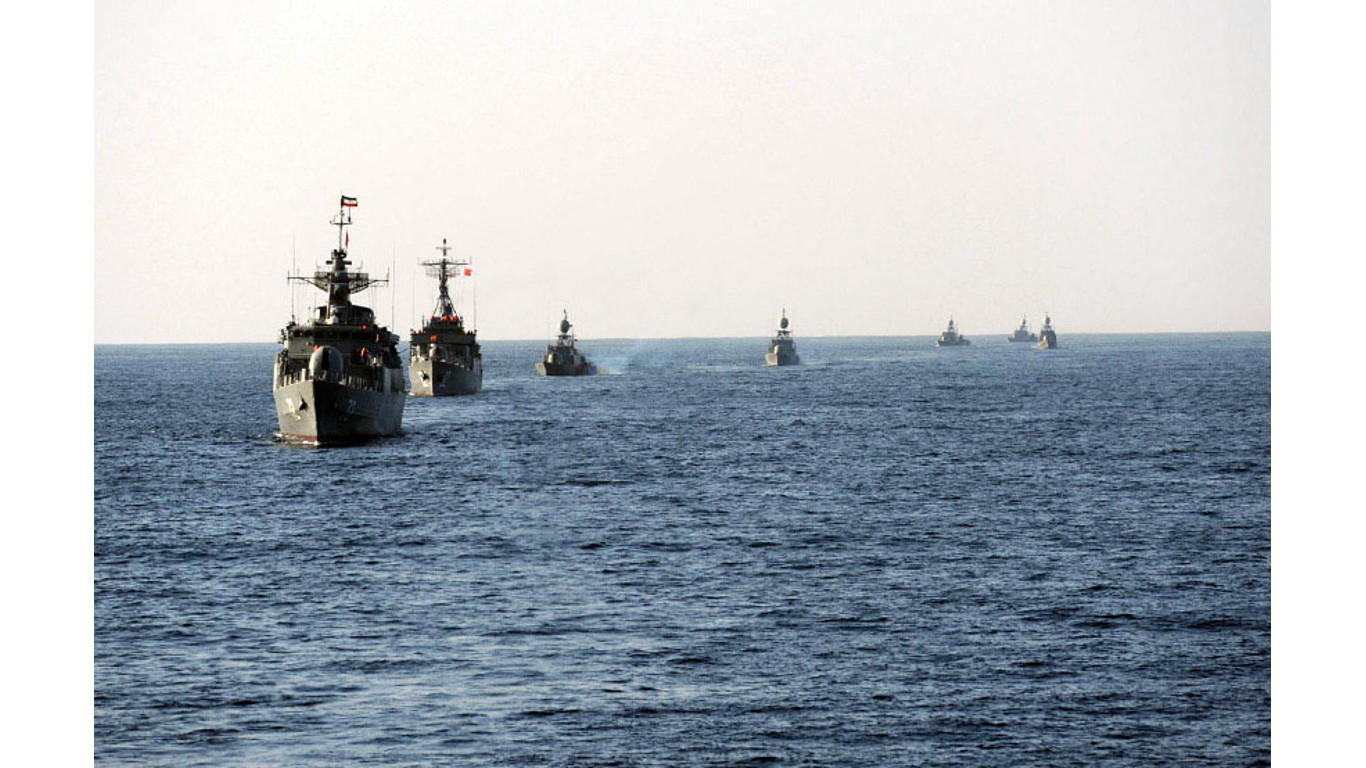
25 submarines
8 frigates
3 corvettes
21 patrol vessels
10 amphibious assault
Under order: 9 submarines
Iran’s submarine fleet primarily consists of Ghadir-class submarines. These miniature subs lack operational range and firepower but are difficult to detect and operate in tight confines. They present a real threat to far more expensive capital ships that cannot detect them. With another nine on order, Iran is betting big on submarines to even the odds against more powerful adversaries.
Iran’s surface fleet is more limited. Aside from a handful of newer locally-built frigates, it primarily consists of older ships purchased from the United States, United Kingdom, and France.
#18 – Germany – 34 units
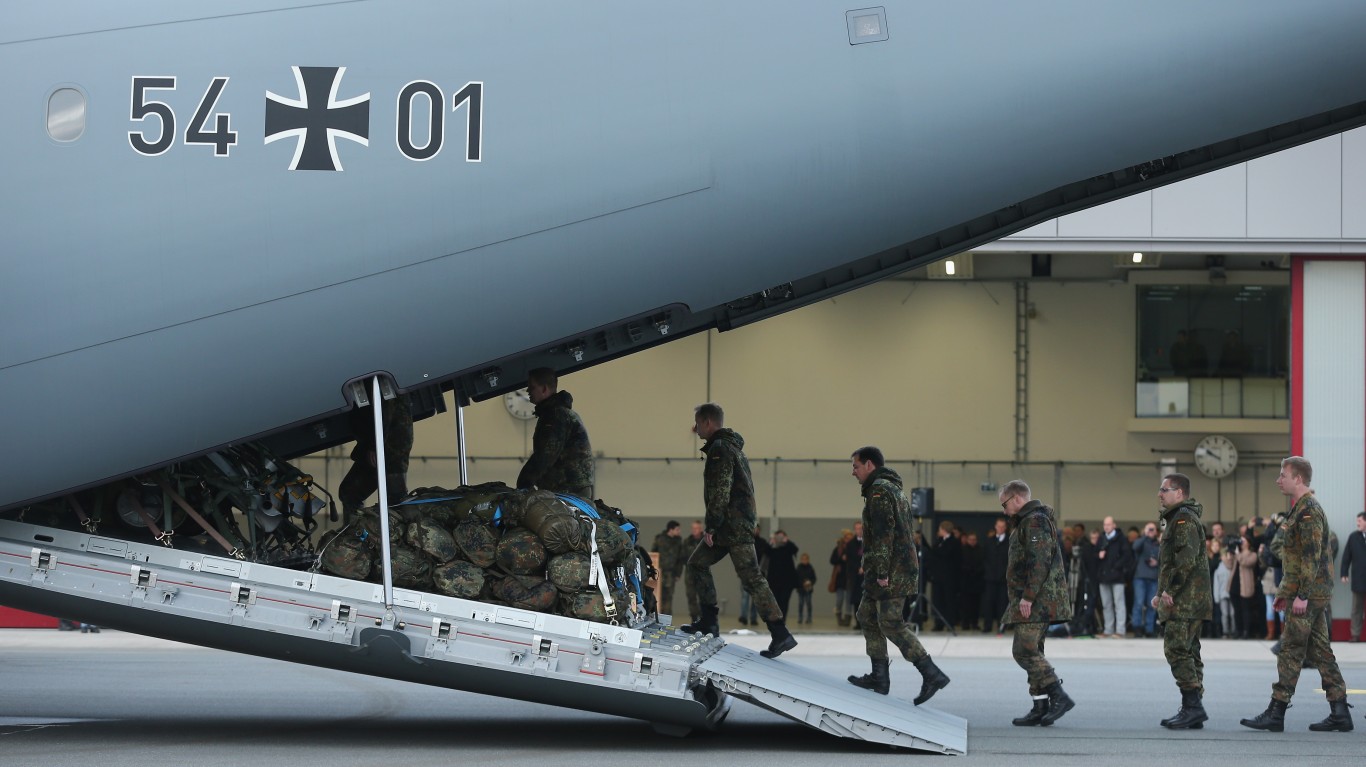
6 submarines
11 frigates
5 corvettes
12 mine warfare
On order: 5 corvettes, 2 submarines
At the turn of the 20th century, German Kaiser Wilhelm II wanted to build a battle fleet to rival Britain’s and that ambition was a contributing factor to the outbreak of World War One. Germany’s naval ambitions in the modern era are aimed at defense and deterrence. Germany is working to bolster its fleet by 2035 and developing unmanned systems to increase its presence in the Atlantic and Baltic.
#17 – Spain – 42 units
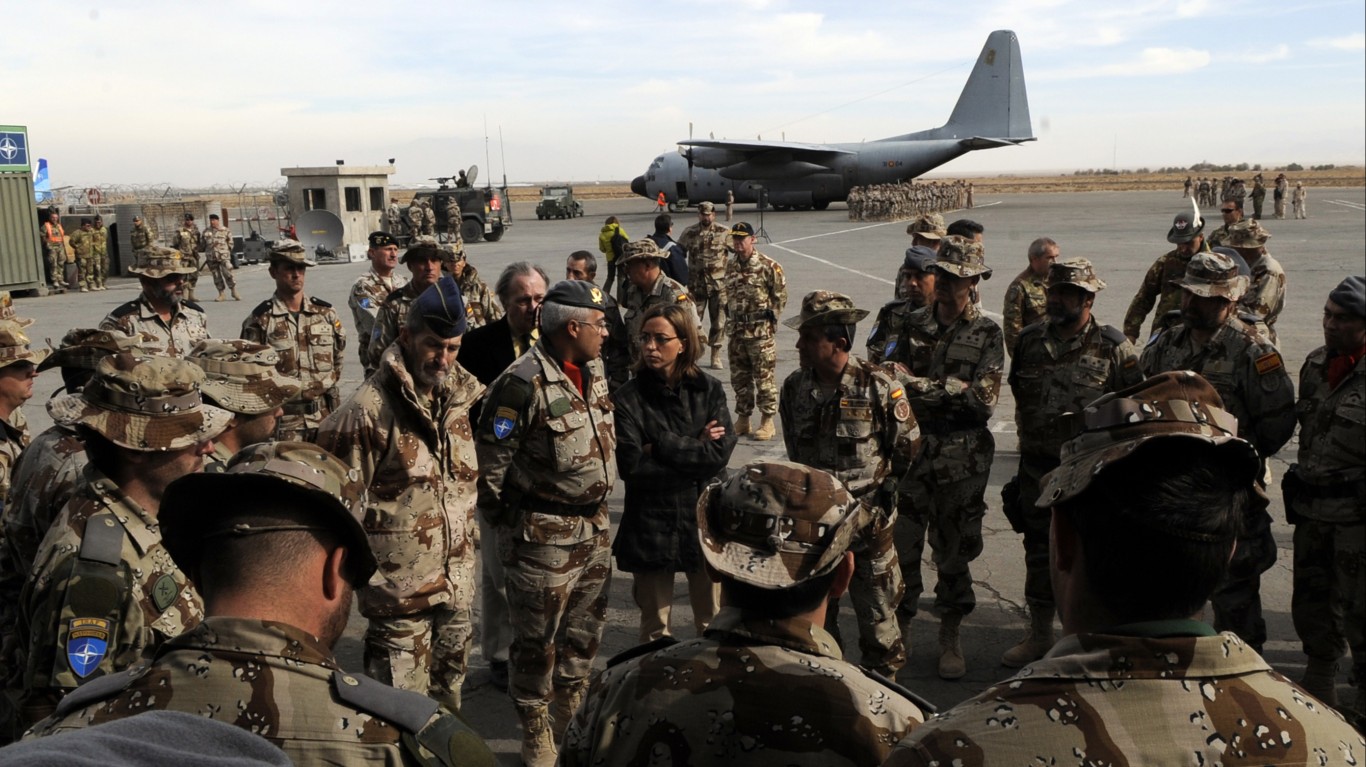
2 submarines
11 frigates
6 mine warfare
20 OPV
3 amphibious assault
On order: 4 submarines 5 frigates
In the 16th and 17th centuries, Spain was the world’s foremost naval power as Spanish Galleons ruled the waves and brought untold riches plundered from the New World. Today, Spain’s maritime might is nowhere near its heyday. However, the small fleet is upgrading to enhance its capabilities; the aging submarine fleet is to be replaced and its frigates fitted with modern naval strike missiles.
#16 – Bangladesh – 50 units
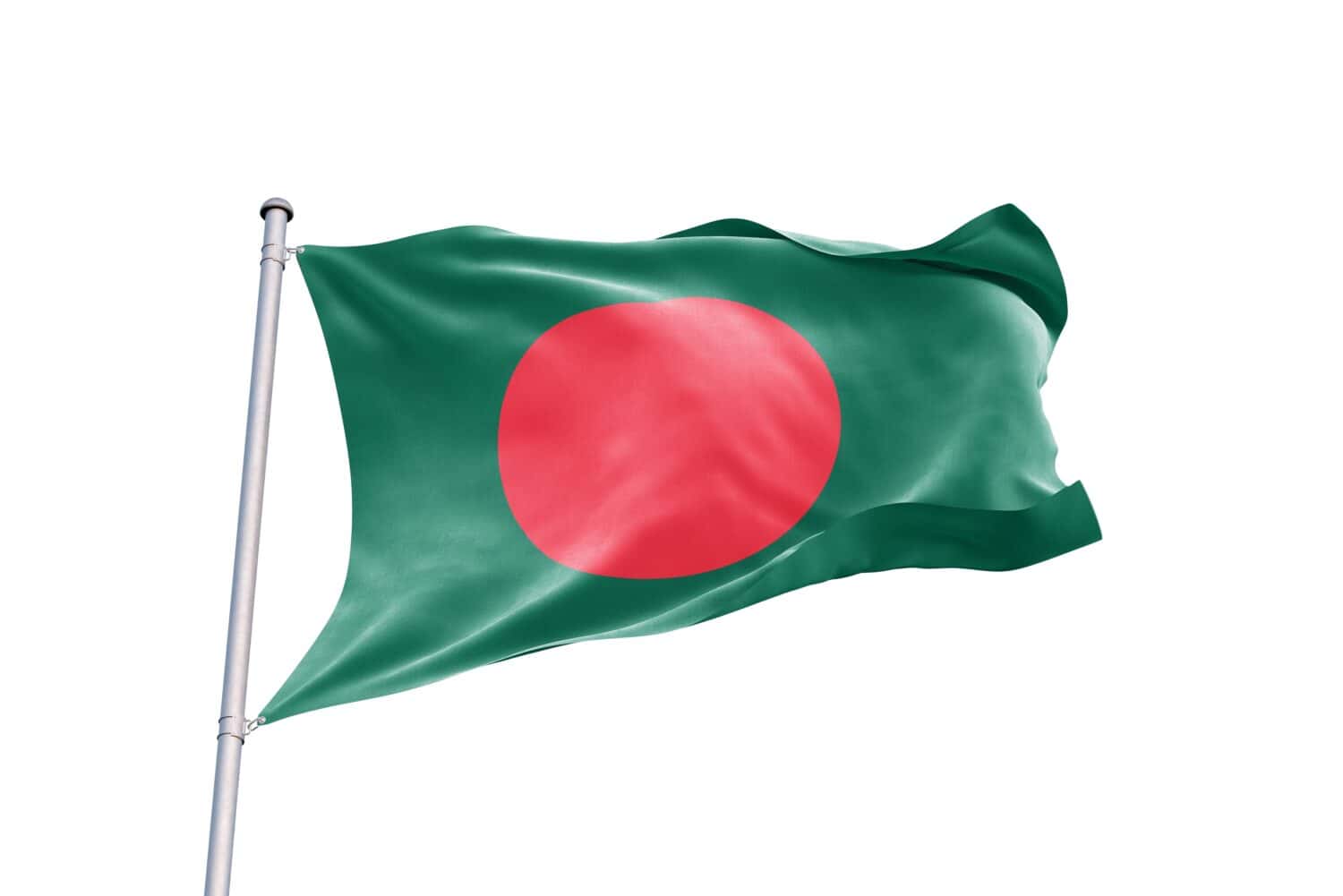
2 submarines
7 frigates
6 corvettes
5 mine warfare
30 OPV
16 Amphibious Assault
On order: 8 frigates, 13 OPV
After winning a maritime dispute with Myanmar by diplomatic means, Bangladesh moved to secure its naval interests by upgrading its navy. To achieve what it calls a ‘three-dimensional force structure’, Bangladesh combined foreign procurement with local industry. Each year the Navy conducts joint exercises with the United States as part of the Cooperation Afloat Readiness and Training (CARAT) program.
#15 – Algeria – 96 units
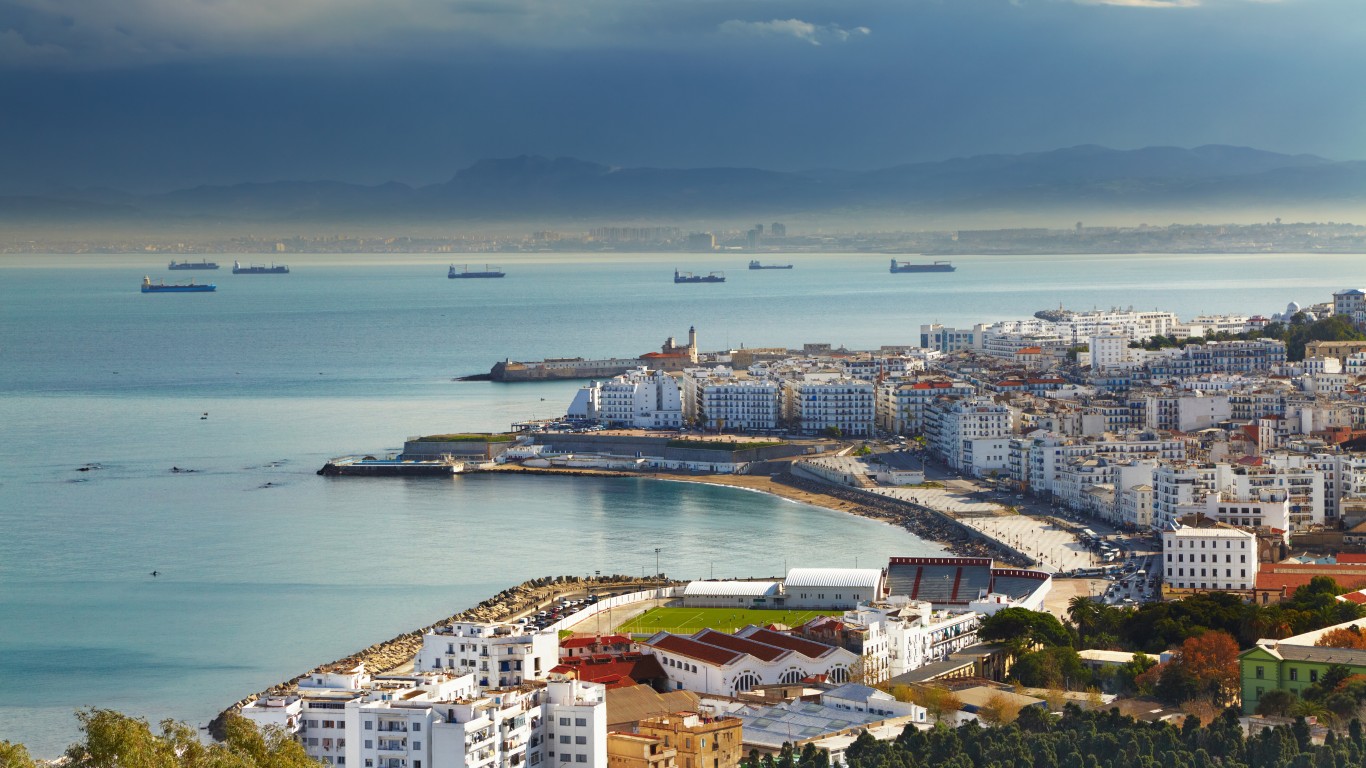
6 submarines
8 frigates
11 corvettes
3 mine warfare
65 OPV
3 amphibious assault
On order: 2 submarines, 5 corvettes
Since gaining independence from France in 1962, Algeria built up its navy to secure its coastline. Most of Algeria’s ships are foreign-built, including modern German-made frigates and Russian corvettes. Since the outbreak of the Libyan Crisis in 2011, there has been a steep rise in piracy off the North African coast which explains the large number of patrol vessels in Algeria’s inventory.
# 14 – North Korea – 186 units
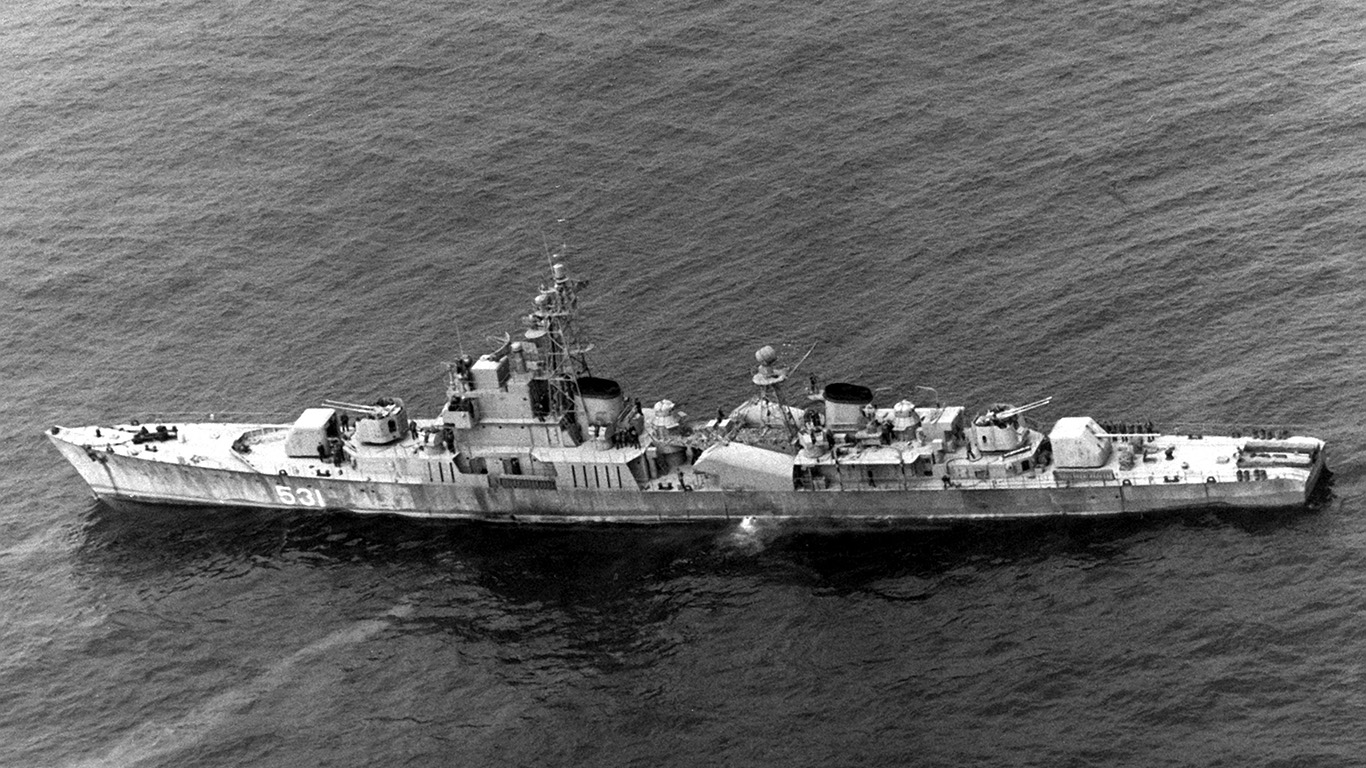
19 submarines
2 frigates
7 corvettes
1 mine warfare
157 OPV
With an estimated 186 warships (transparency and Pyongyang go together like oil and water), North Korea boasts one of the largest navies in the world. However, most of Pyongyang’s warships are ancient OPVs with limited armaments and operational range. Its submarine fleet is similarly geriatric save for the ‘August 24 Hero’, a nuclear-armed submarine launched in 2023.
#13 – Egypt – 107 units

2 helicopter carriers
8 submarines
12 frigates
7 corvettes
18 mine warfare
48 OPV
12 amphibious assault
On order: 1 frigate
Egypt has the largest fleet in Africa and the Middle East and operates in the Mediterranean and Red seas. Its naval strength is a product of its geopolitical position as 12% of the world’s trade passes through the Suez Canal. Egypt has two helicopter carriers purchased from France for $1 billion. The ships were initially supposed to go to Russia in 2014 but that deal fell through over the conflict with Ukraine.
#12 – Taiwan – 92 units
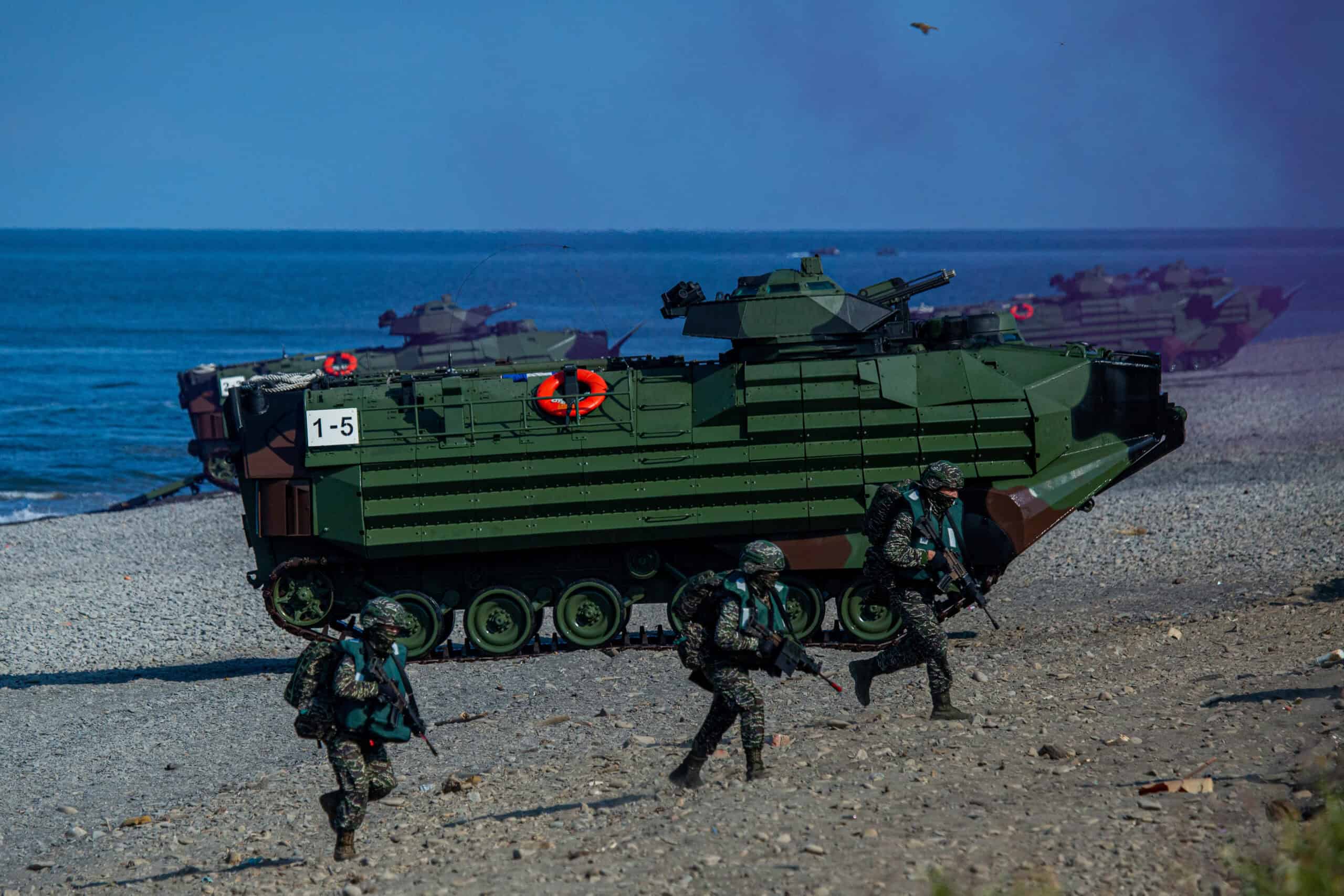
5 submarines
4 destroyers
22 frigates
2 corvettes
10 mine warfare
42 OPV
7 amphibious assault
On order – 10 corvettes, 7 submarines
With tensions between the People’s Republic of China and The Republic of China (Taiwan) nearing an all-time high, it’s little wonder Taipei poured considerable resources into improving its navy. Most of the ships in Taiwan’s inventory are foreign-built, including all four destroyers (USA) and 22 frigates (USA and France).
In February 2024, Taiwan launched its first locally-built submarine: the Hai Kun. While continuing to purchase ships from friendly nations, Taiwan will ramp up its domestic production. Time will tell if it will be enough to dissuade China from invading.
#11 – Italy – 54 Units
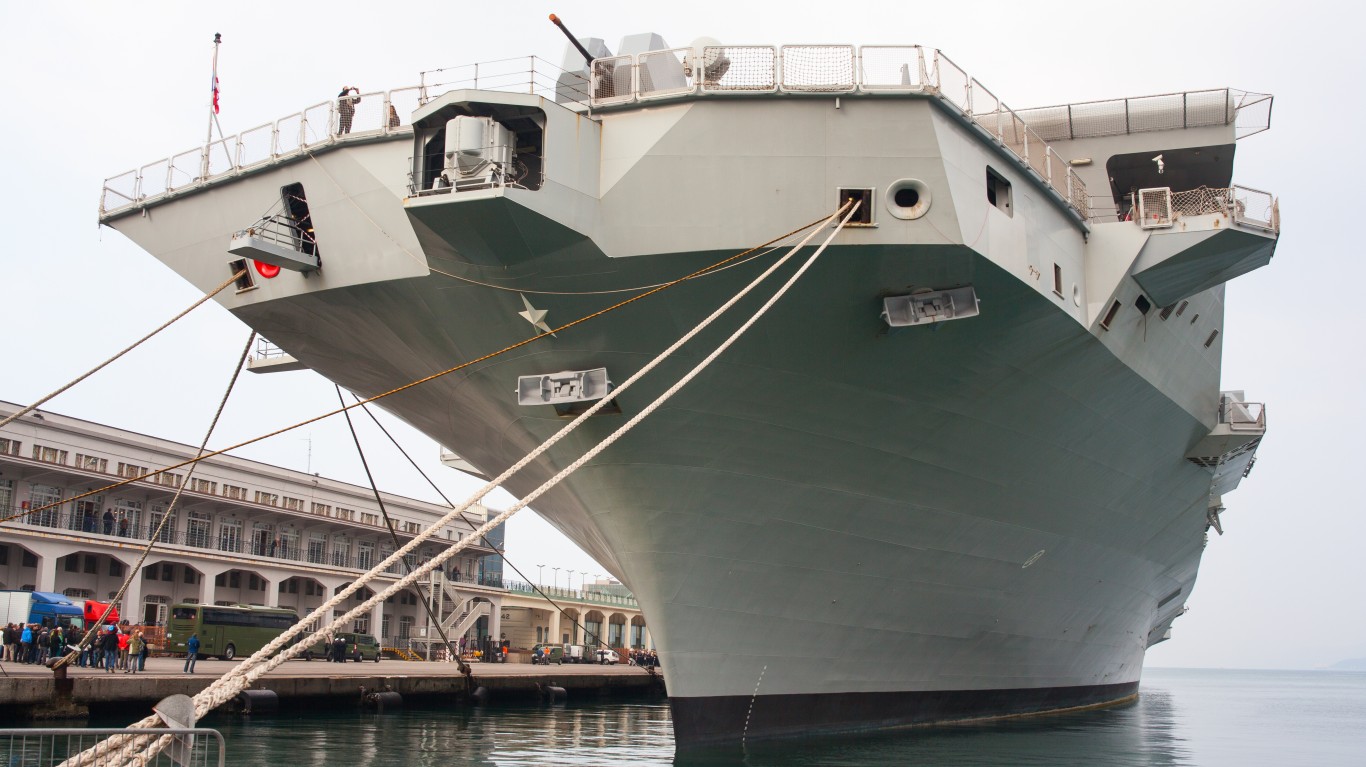
2 Aircraft Carriers
8 submarines
4 destroyers
11 frigates
10 mine warfare
16 OPV
3 amphibious assault
On order: 2 submarines, 2 frigates, 7 OPVs, 1 amphibious assault
Italy is the first nation featured in this collection to have aircraft carriers. The Italian has two, though the Giuseppe Garibaldi is nearing the end of its service life. Italy has a long history of active participation in NATO naval missions and its balanced fleet reflects the scale of operations undertaken.
#10 – Turkey – 90 units
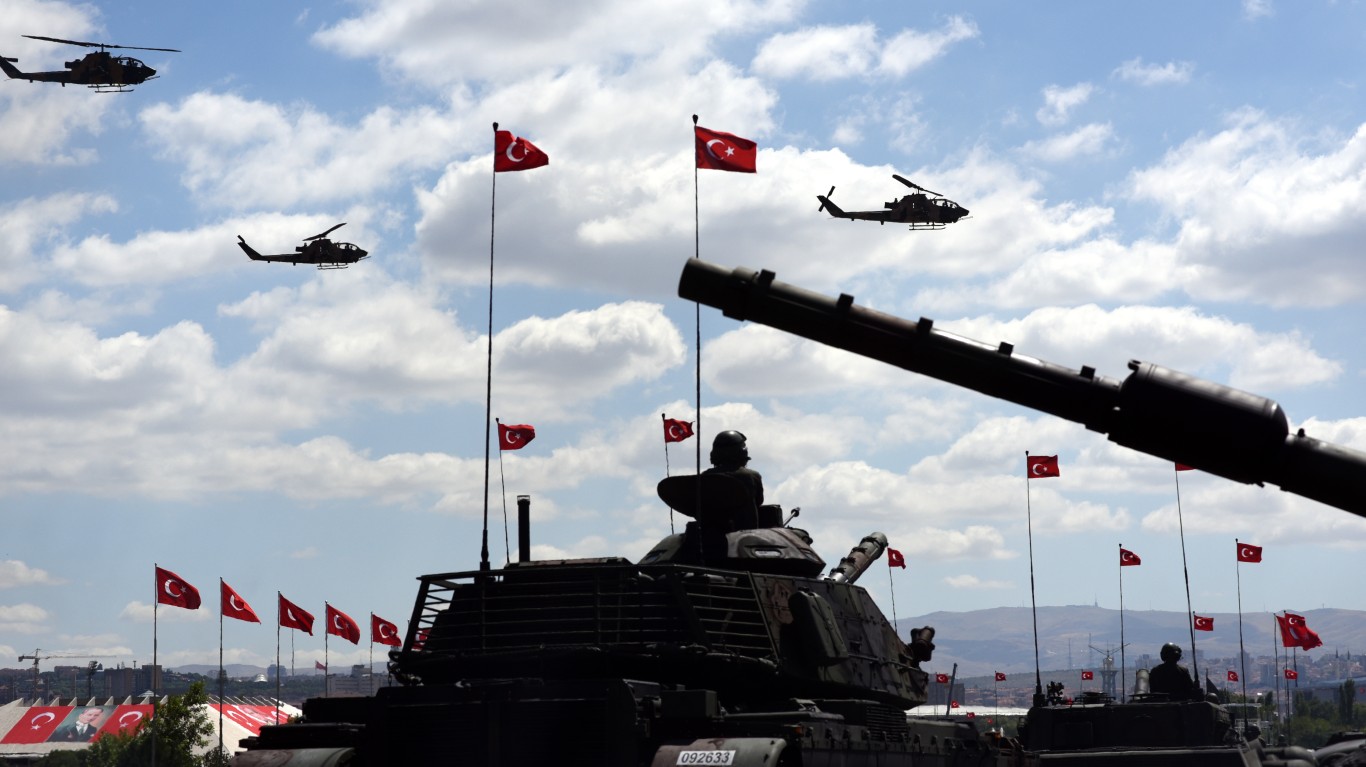
1 helicopter carrier
12 submarines
16 frigates
10 corvettes
11 mine warfare
53 OPV
5 amphibious assault
On order: 6 submarines, 4 frigates, 1 helicopter carrier
Turkey’s geographic position makes it the gatekeeper of the Black Sea as the Bosphorus Strait is the only naval passage to and from the Mediterranean. Turkey moved to block the strait on the outbreak of the war in Ukraine. Thanks to a series of Russian mishaps at sea, Turkey is now the preeminent naval power in the Black Sea.
The pride of the Turkish Navy is the TGC Anadolu (Anatolia), the largest ship ever built by Turkey. The Anadolu is a helicopter carrier that can also carry dozens of drones which Turkey has invested heavily in. A second carrier is under construction and President Erdogan has publicly spoken of the need for a third.
#9 – United Kingdom – 51 units
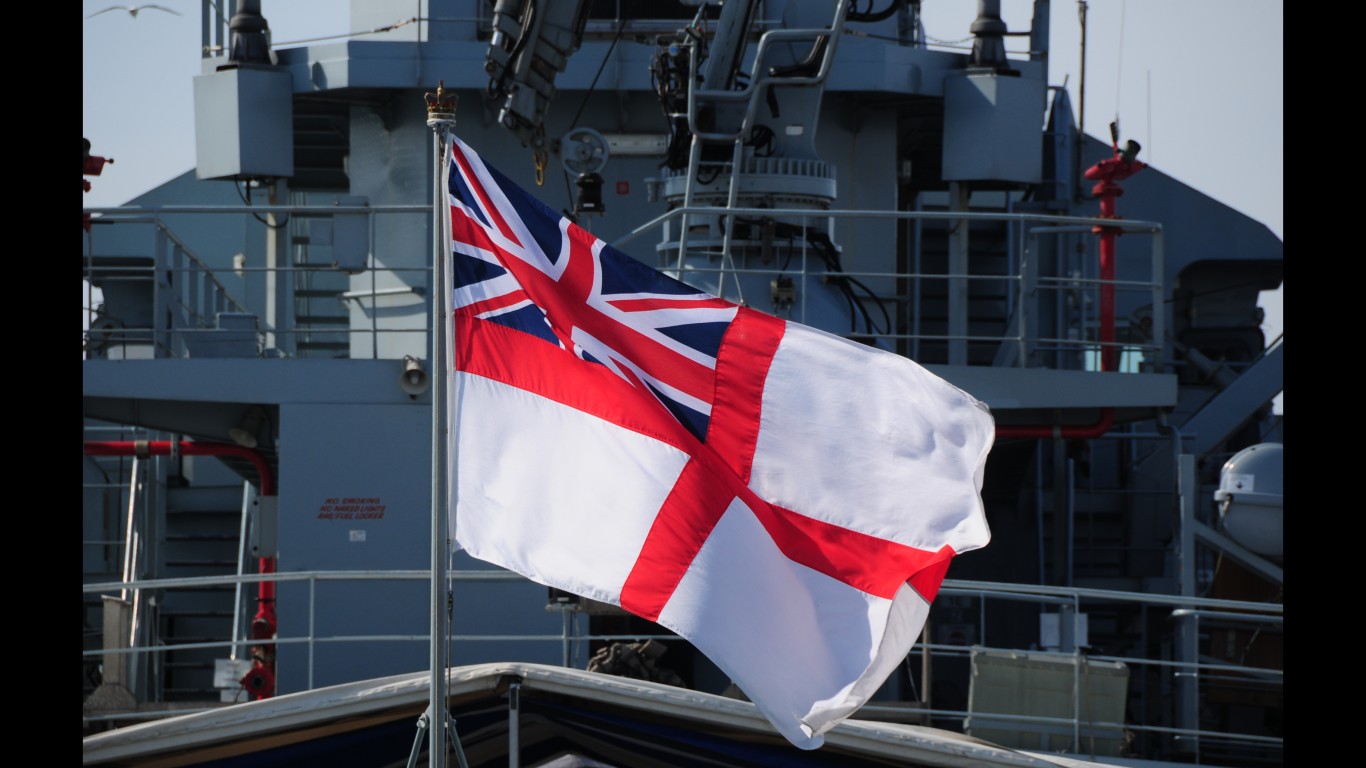
2 aircraft carriers
10 submarines
6 destroyers
12 frigates
11 mine warfare
8 OPV
2 amphibious assault
On order: 3 submarines, 12 frigates
As an island nation, Britain was predisposed to naval power. Unlike its peers on the continent, the British never had to dedicate huge resources to maintaining a large army and could instead focus on building the world’s greatest battle fleets. At its narrowest point, the English Channel separates Britain from the continent by just 20 miles but that minuscule distance and the might of the Royal Navy foiled the armies of Napoleon and Hitler alike. Such was the emphasis on naval power, Britain’s defense policy was to maintain more battleships than the next two nations together as an 1889 act of parliament declared:
But in any other combination, such as that of France and Russia, France and Italy, Germany and Italy, or Russia and Italy—in all these cases our armoured battle-ships would be more numerous than the armoured battle-ships of any two Powers combined.
Britannia doesn’t quite rule the waves like she used to, but the Royal Navy is still a formidable and versatile presence at sea. The centerpiece of the modern Royal Navy is its pair of modern Queen Elizabeth-class aircraft carriers. The HMS Queen Elizabeth and HMS Prince of Wales are both less than a decade old and represent a major upgrade on the old Invincible-class carriers they replaced.
Britain’s submarine fleet carries its nuclear deterrent and is undergoing a modernization program with five (of seven planned) new submarines in service. Its 12 frigates are aging out and will be replaced with modern ships.
#8 – France – 65 units
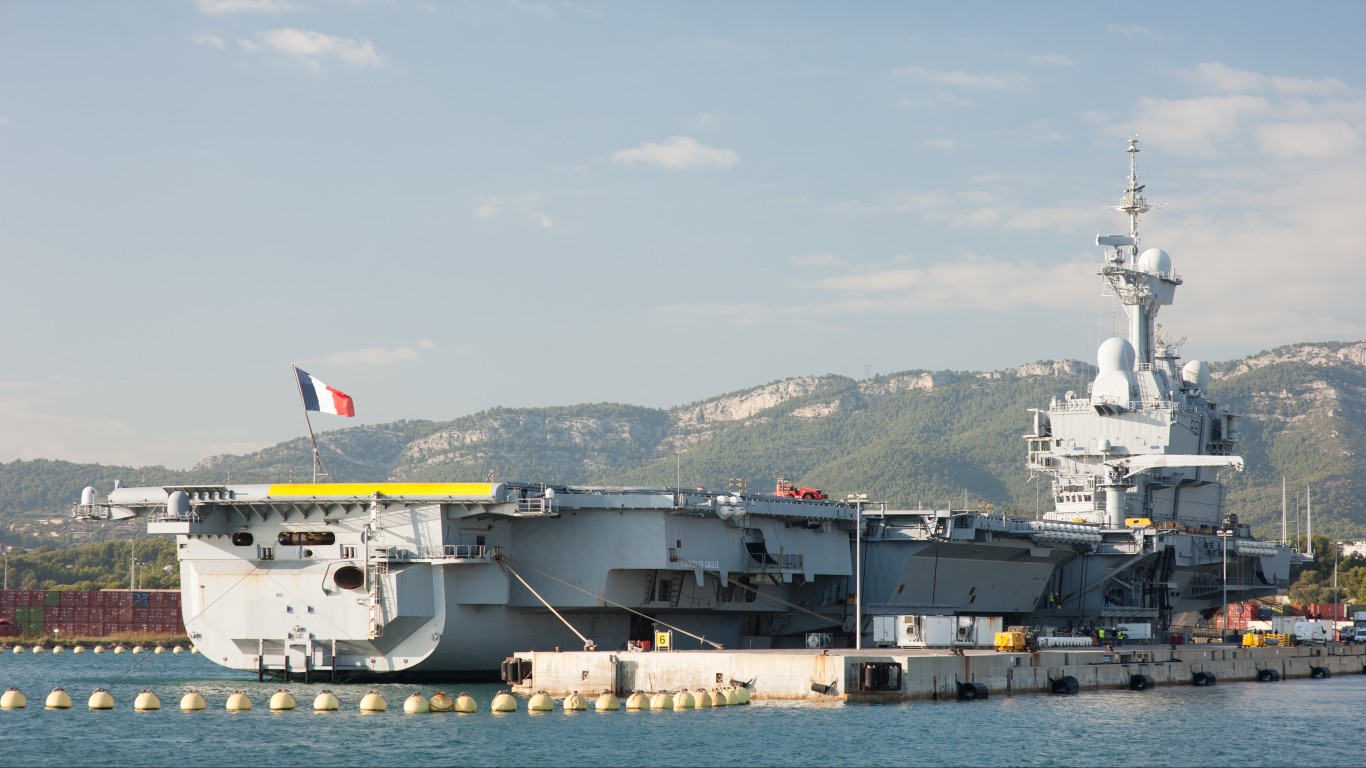
1 aircraft carrier
9 submarines
21 destroyers
17 mine warfare
14 OPV
3 amphibious assault
On order: 3 submarines, 5 frigates, 6 OPVs
Historically, the French Navy lagged behind Britain’s, necessitating a different approach to naval warfare. Jeune École (“the young school”) was a 19th-century concept that emphasized smaller, faster torpedo ships, submarines, and commerce-raiding over traditional battle fleets. Ultimately, the concept failed but the idea of faster, more cost-effective ships is worth revisiting in the modern era.
Today, France has a slight edge over its former rival. It has one fewer aircraft carrier but makes up for that shortcoming with a well-rounded modern fleet and naval bases around the world. It is the second most powerful navy in NATO and is looking to play a larger role in the alliance.
#7 – India – 102 units
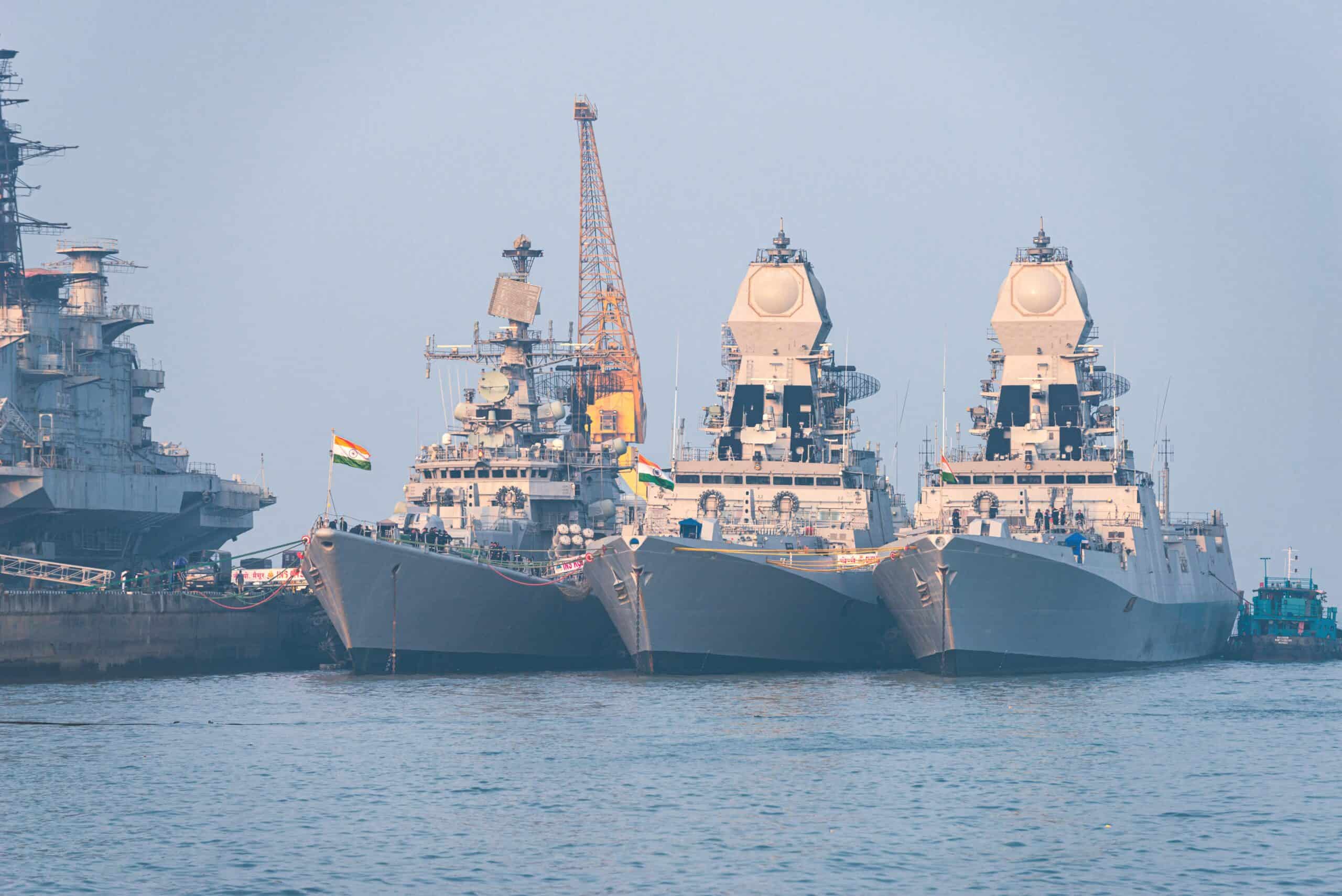
1 aircraft carrier
17 submarines
10 destroyers
13 frigates
23 corvettes
29 OPV
9 amphibious assault
On order: 3 subs, 3 destroyers, 2 frigates
“We are not doing it only out of altruism. Unless you are a maritime power you can never aspire to be a global power”
The words of retired Vice Admiral Anil Kumar Chawla help explain India’s increased presence in securing trade routes in the Red Sea and renewed focus on building naval strength. India is replacing its aging foreign-built submarines with newer indigenous models. Similarly, old Soviet-era destroyers and frigates are making way for modern ships built in India. Russia also sold two frigates to India in April 2024, ignoring international sanctions.
India traditionally shuns alliances but shared concerns over neighboring China’s growing may well push New Dehli into an understanding with the United States.
#6 – Japan – 102 units
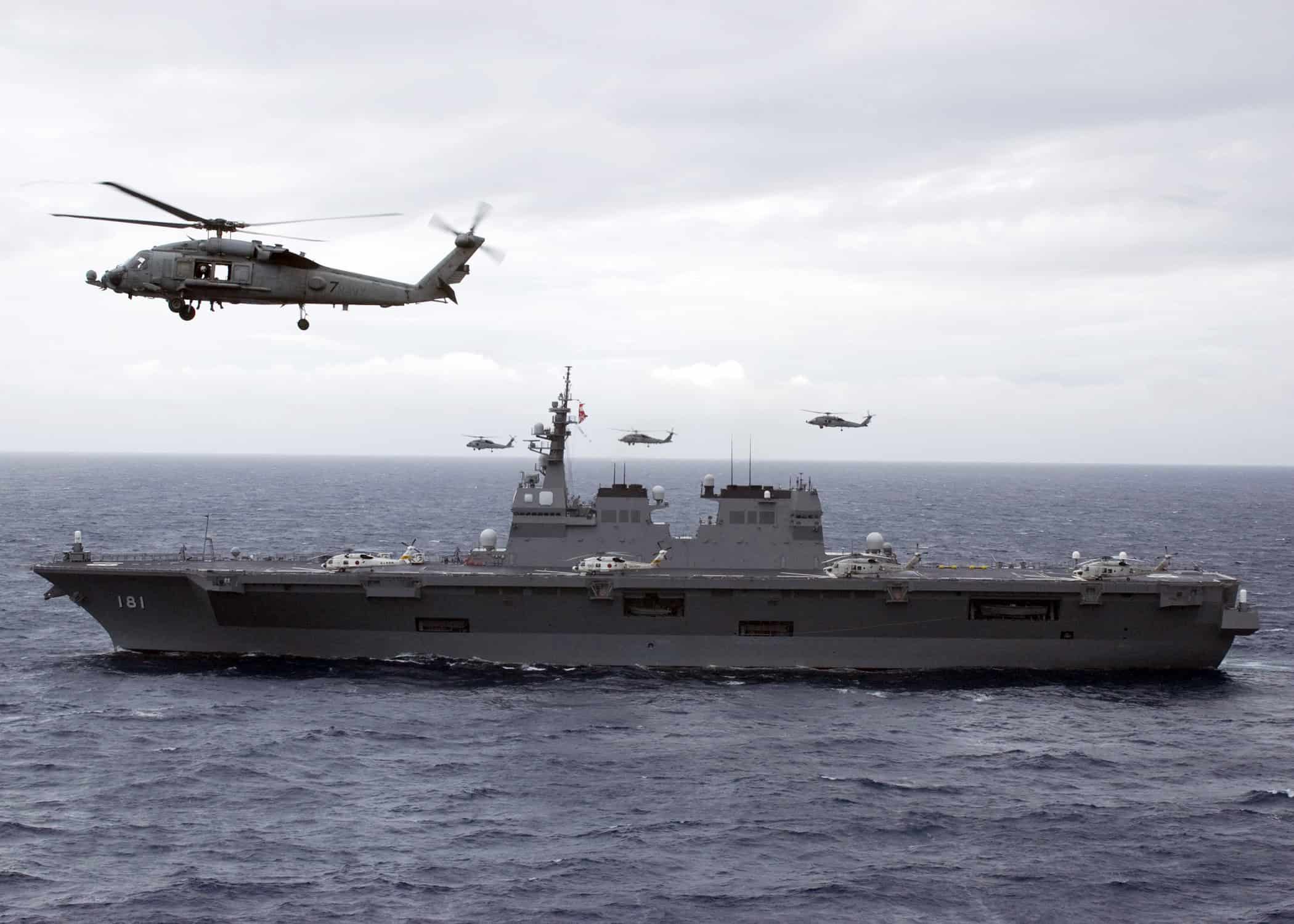
4 helicopter carriers
22 submarines
42 destroyers
3 frigates
22 mine warfare
6 OPV
3 amphibious assault
On order: 6 submarines, 5 frigates
Historically, the Imperial Japanese Navy was second only to the US Navy in World War Two, its emphasis on battleships and seeking a decisive engagement proved to be its downfall. After surrendering to the Allies in 1945, Japan adopted a pacifist constitution. However, Japan’s Maritime Self-Defense Force is still one of the world’s most powerful navies. Regional threats like the Soviet Union, North Korea, and now China have necessitated a large naval deterrence. With a modern and balanced navy, Japan’s main shortcoming isn’t so much the size and age of its fleet but the number of personnel. Tokyo plans to add new submarines and frigates in the coming years but without a significant drive to increase recruitment.
#5 – South Korea – 138 units
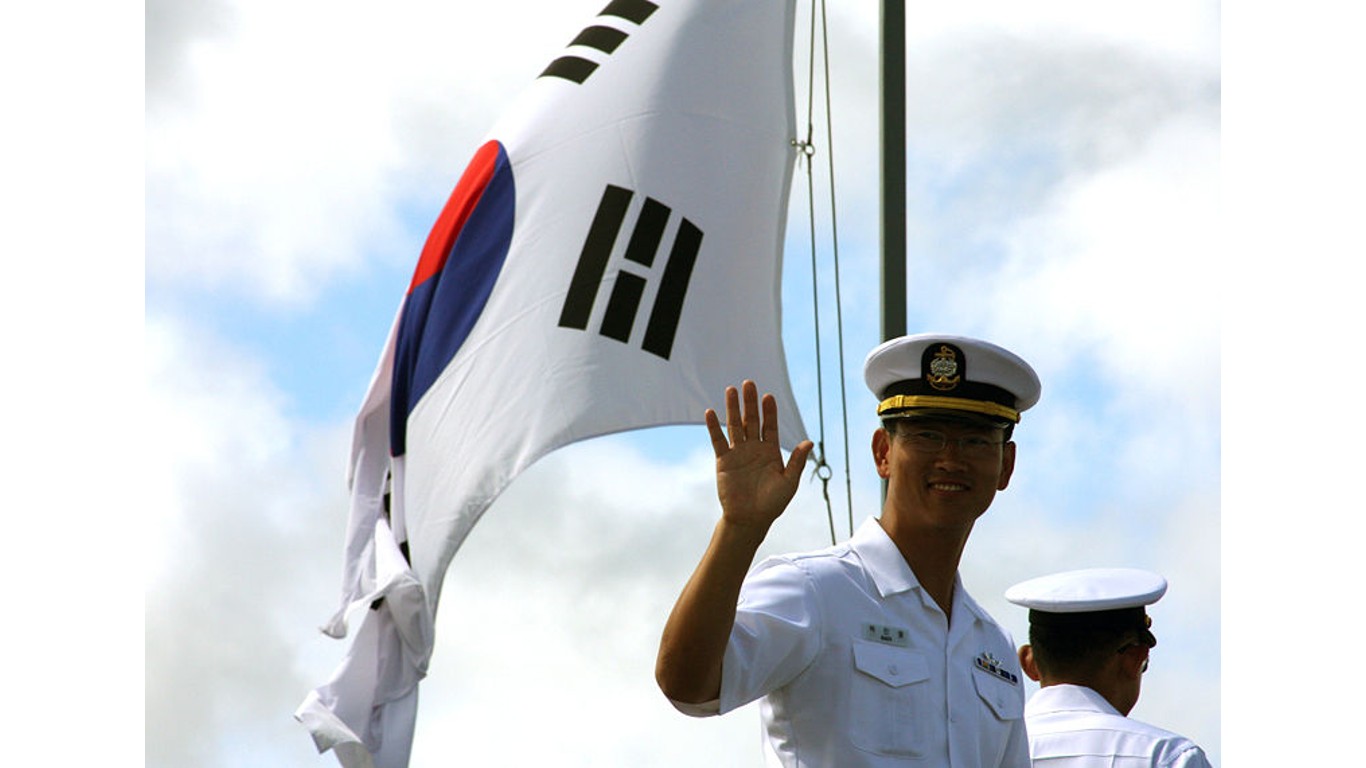
18 submarines
12 destroyers
12 frigates
11 corvettes
11 mine warfare
64 OPV
10 amphibious assault
On order: 4 submarines, 6 frigates, 3 mine warfare, 11 OPV
The South Korean Navy is significantly stronger than its noisy northern neighbor’s large but outdated fleet. South Korea’s navy is a strong blend of submarines and surface ships which were all locally built. It has far fewer OPVs than North Korea but its patrol ships are much newer and better-equipped. Its only real drawback is its lack of aircraft carriers but if drawn into another conflict with North Korea, the United States would step in with its carriers. The US, South Korea, and Japan conducted joint naval exercises in June 2024, in response to North Korea’s pact with Russia.
#4 – Indonesia – 243 units
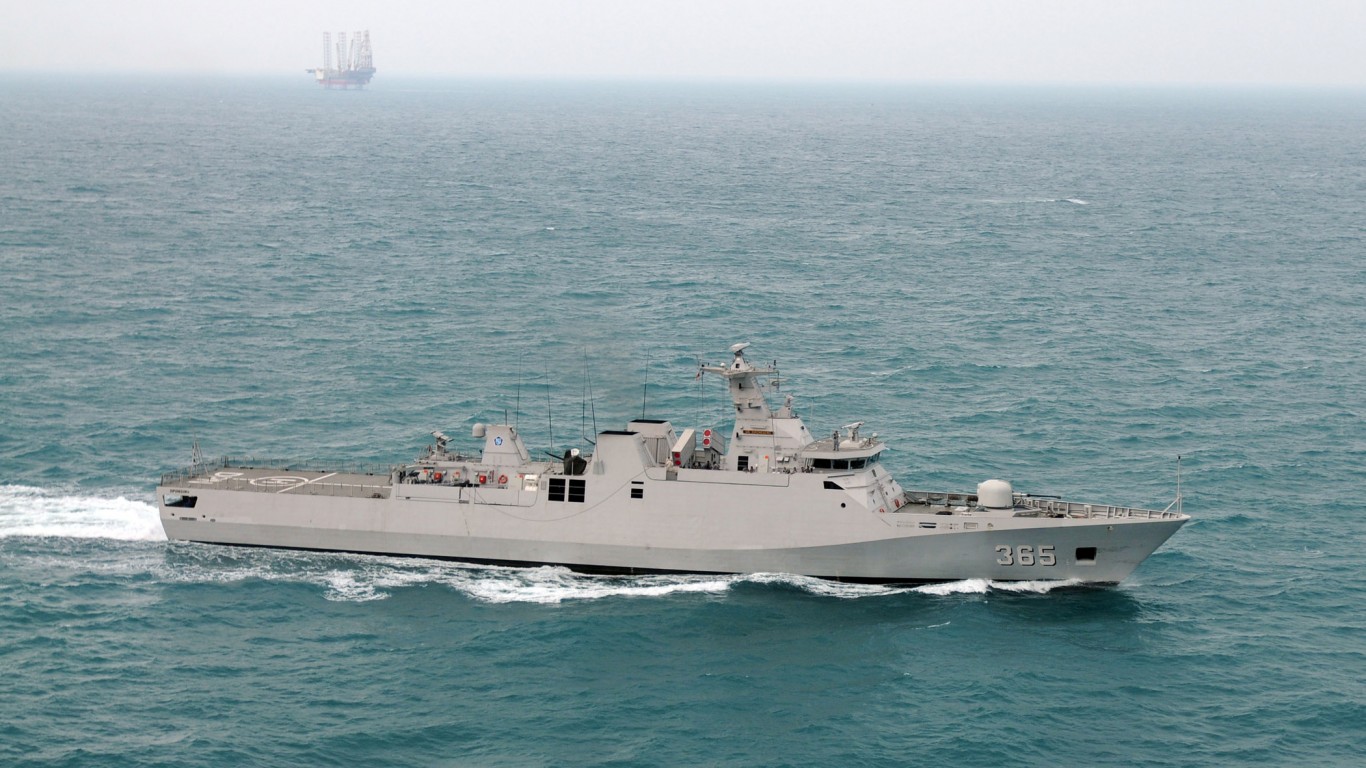
4 submarines
7 frigates
25 corvettes
9 mine warfare
168 OPV
30 amphibious assault
On order: 3 submarines, 2 mine warfare, 6 OPV, 2 frigates
Indonesia’s lofty position may raise a few eyebrows but with a huge population and more islands than it can count, a strong navy is mandatory for Jakarta. Indonesia’s navy is a large blend of foreign-built and locally manufactured ships focused on coastline defense and deterrence.
#3 – Russia – 265 units
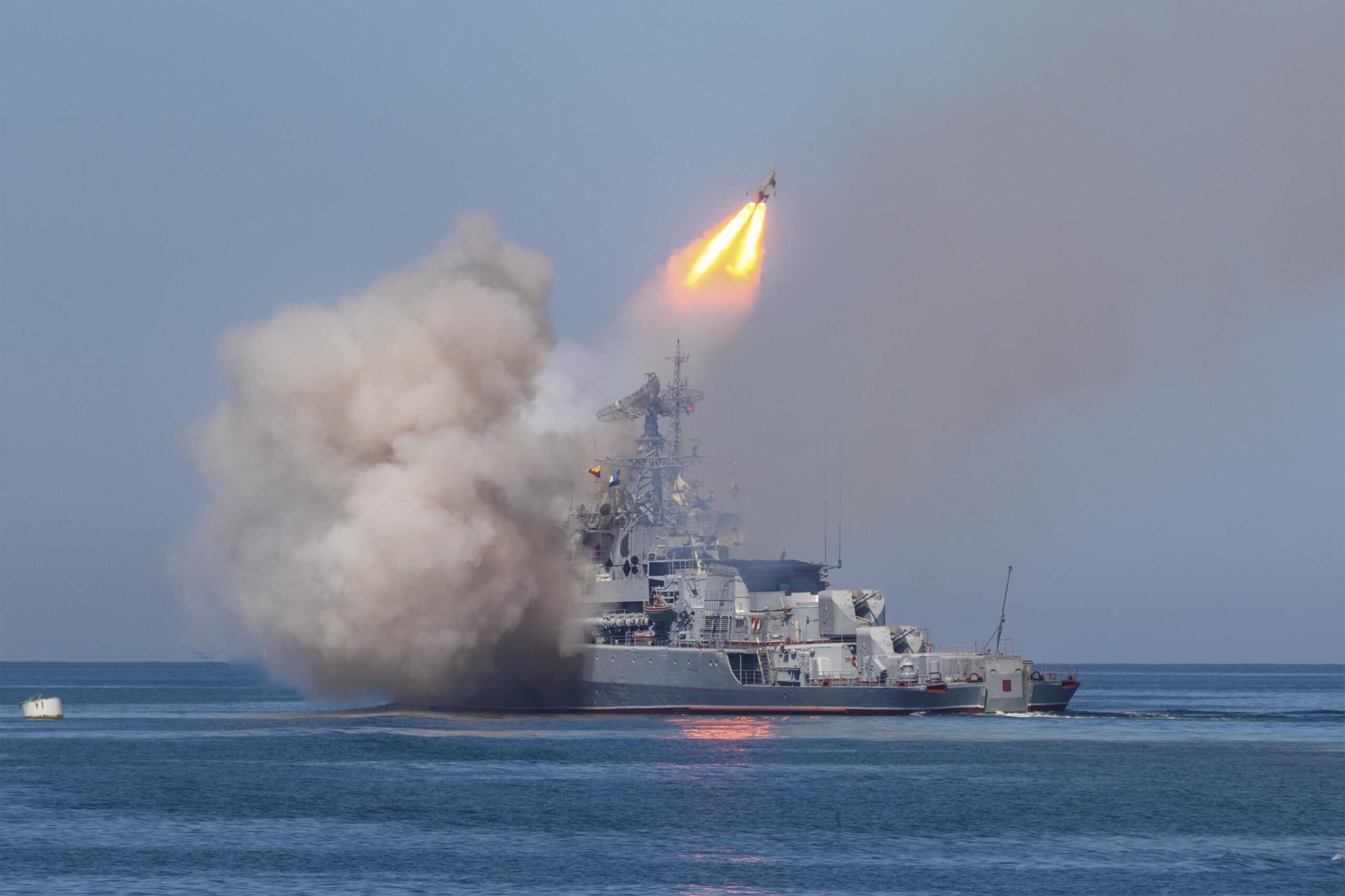
1 aircraft carrier
58 submarines
4 cruisers
12 destroyers
11 frigates
83 corvettes
48 mine warfare
27 OPV
21 amphibious assault
On order: 24 submarines, 8 frigates, 33 corvettes, 14 other
Russia’s Black Sea Fleet has taken a pounding in the war with Ukraine, a nation without a navy. In the confines of the Black Sea, Russian ships proved to be easy prey for Ukrainian missiles and drones. The loss of a cruiser, the Moskva, to a guided missile in 2022, was particularly acute. Yet, Russia’s naval strength outside of the Black Sea is still considerable, and a huge build-up of submarines and light warships will keep Moscow at the forefront of the world’s maritime powers. With 24 submarines under order, Russia’s future naval strength will be concentrated under the waves rather than on them.
#2 – China – 426 units

3 aircraft carriers
72 submarines
49 destroyers
44 frigates
71 corvettes
49 mine warfare
127 OPV
11 amphibious assault
On order: 1 aircraft carrier, 7 submarines, 5 amphibious assault
China has more warships than any other nation by a considerable distance but that’s not enough to dislodge the United States from the top spot. Yet. China has three new aircraft carriers in service with another to come. The Fujian was built at a fraction of the cost of the USS Ford but the Chinese carrier doesn’t quite match up to its more expensive rival.
China’s impressive industrial base means it puts out warships at a scale no other nation, including the United States, can currently match. China’s primary naval objective is no secret – Xi Jinping wants a fleet capable of taking Taiwan and the PLA Navy is projected to meet that objective by 2027.
#1 – United States – 243 units
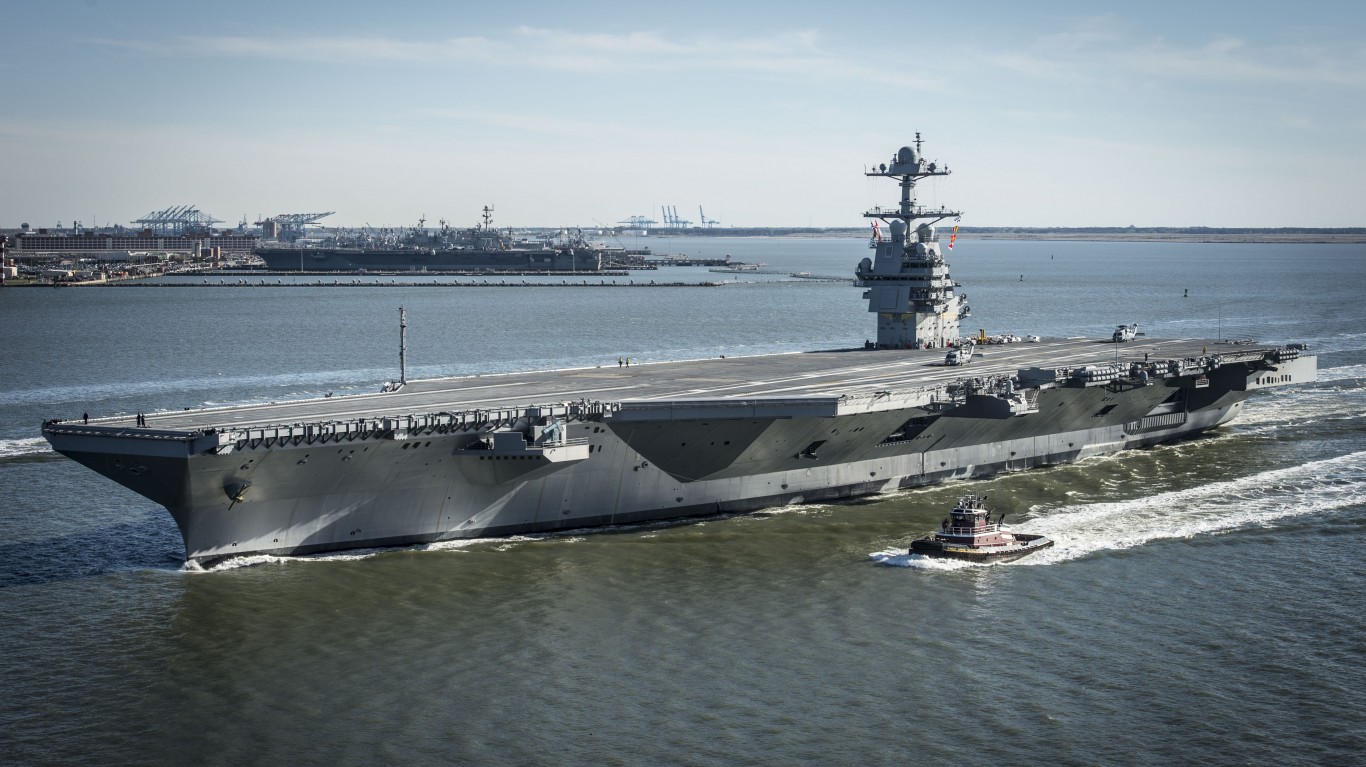
11 aircraft carriers
68 submarines
22 cruisers
70 destroyers
21 corvettes
8 mine warfare
10 OPV
33 Amphibious assault
On order: 21 destroyers, 19 submarines, 15 frigates, 9 aircraft carriers, 3 amphibious assault
The United States ended the Second World War as the world’s foremost naval power and some 70 years on, still holds that distinction. Though the PLA Navy has more ships, the US Navy retains a commanding lead in capital ships. Nimitz-class carriers are aging out but are being replaced on a 1-to-1 basis with Ford-class carriers. Because of their high costs and the emergence of anti-ship missiles, there is some debate about the future of aircraft carriers. However, no other platform offers the same power projection and deterrence value so carriers still reign supreme on the seas.
As well as a huge array of surface ships, the United States boasts a large submarine fleet that is being modernized with Virginia-class vessels. Additionally, the US Navy has many modern light warships and, along with Russia, is the only nation with cruisers. In terms of fleet composition, firepower, and the ability to project power across the globe, the US Navy is still in a class of its own.
Conclusion
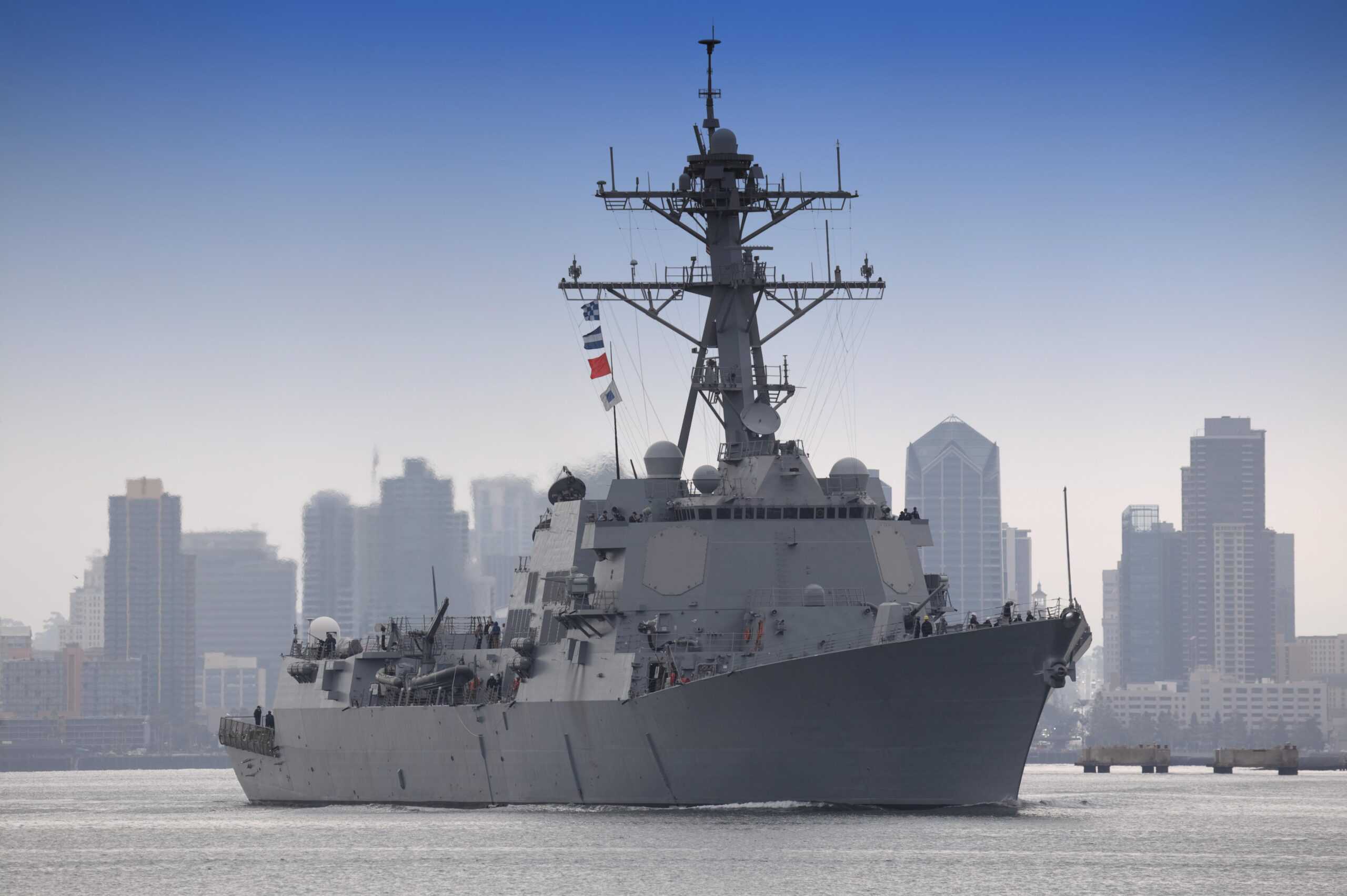
The tools for controlling the waves might have changed enormously over the centuries but the essential function of a state’s navy hasn’t. The ancient triremes of the Delian League had much the same purpose as the combined fleets of NATO today. In an era where deterrence is as important as the ability to destroy an enemy’s navy, the aircraft carrier remains the acme of naval power but that plum position is not guaranteed in the future.
The efficacy of so-called “carrier killer” missiles hasn’t been proven in combat yet but they represent a clear danger that must be considered. As Russia’s mishaps in the Black Sea have shown, anti-ship munitions and cheap kamikaze drones can inflict enormous damage. Similarly, despite advances in sensors, submarines are still very difficult to detect. Naval technology will continue to evolve just as it always has. China’s naval strength has improved markedly since the turn of the millennium. Flexibility in procurement and an emphasis on fostering innovation will be needed if the United States wishes to remain the top naval power in the world.
Want to Retire Early? Start Here (Sponsor)
Want retirement to come a few years earlier than you’d planned? Or are you ready to retire now, but want an extra set of eyes on your finances?
Now you can speak with up to 3 financial experts in your area for FREE. By simply clicking here you can begin to match with financial professionals who can help you build your plan to retire early. And the best part? The first conversation with them is free.
Click here to match with up to 3 financial pros who would be excited to help you make financial decisions.
Thank you for reading! Have some feedback for us?
Contact the 24/7 Wall St. editorial team.